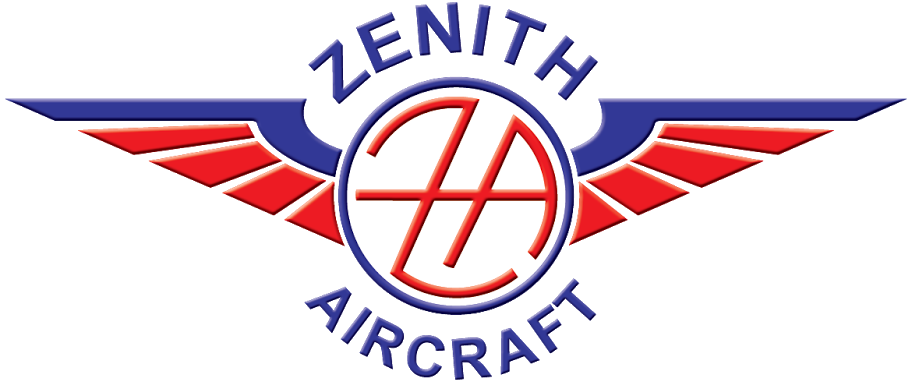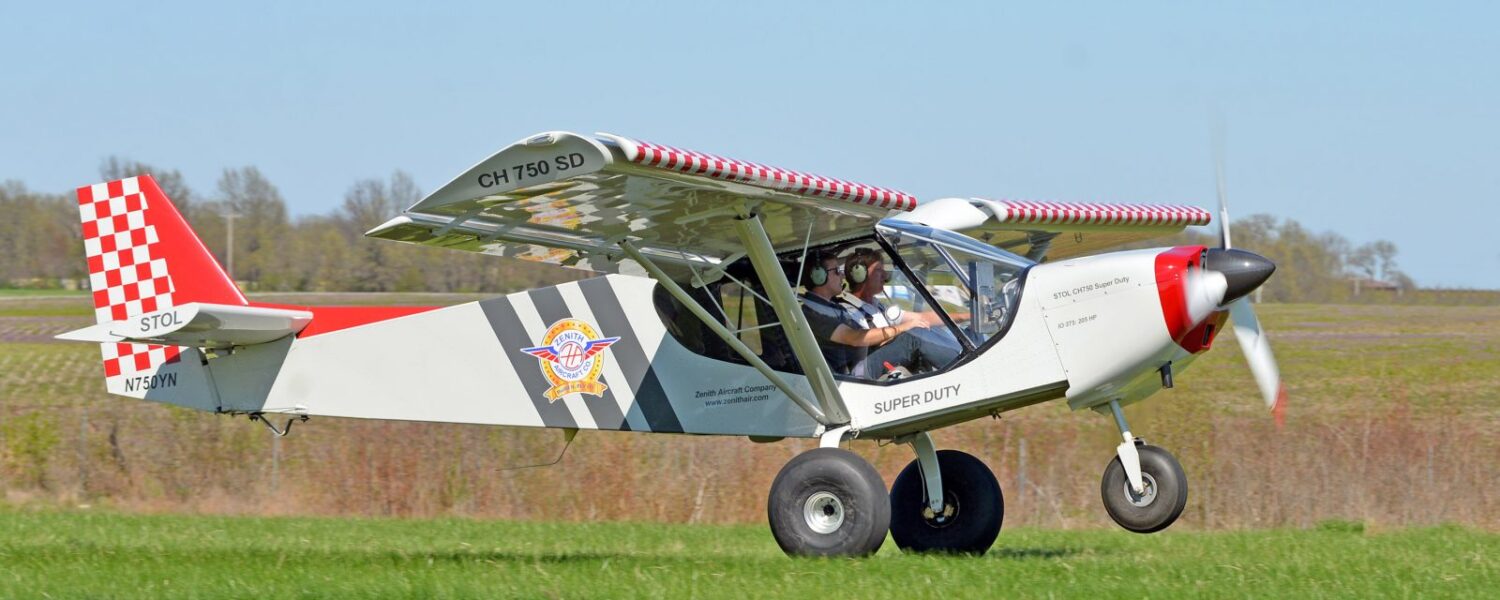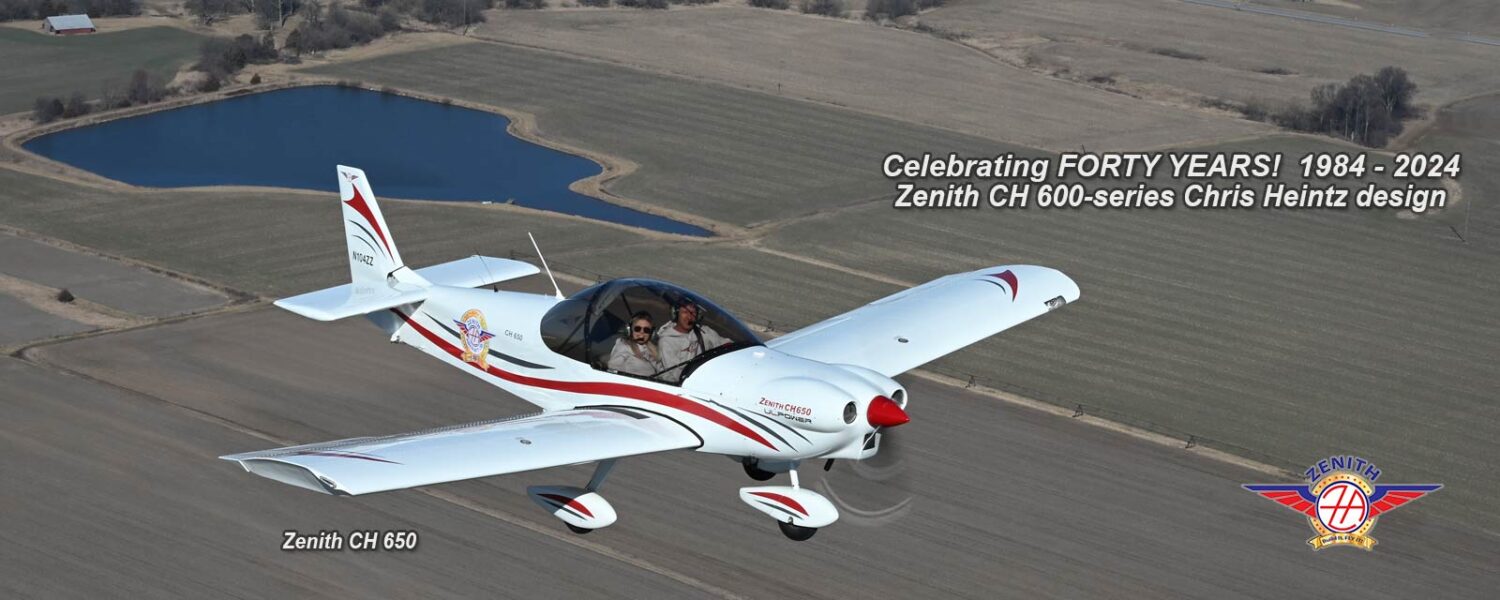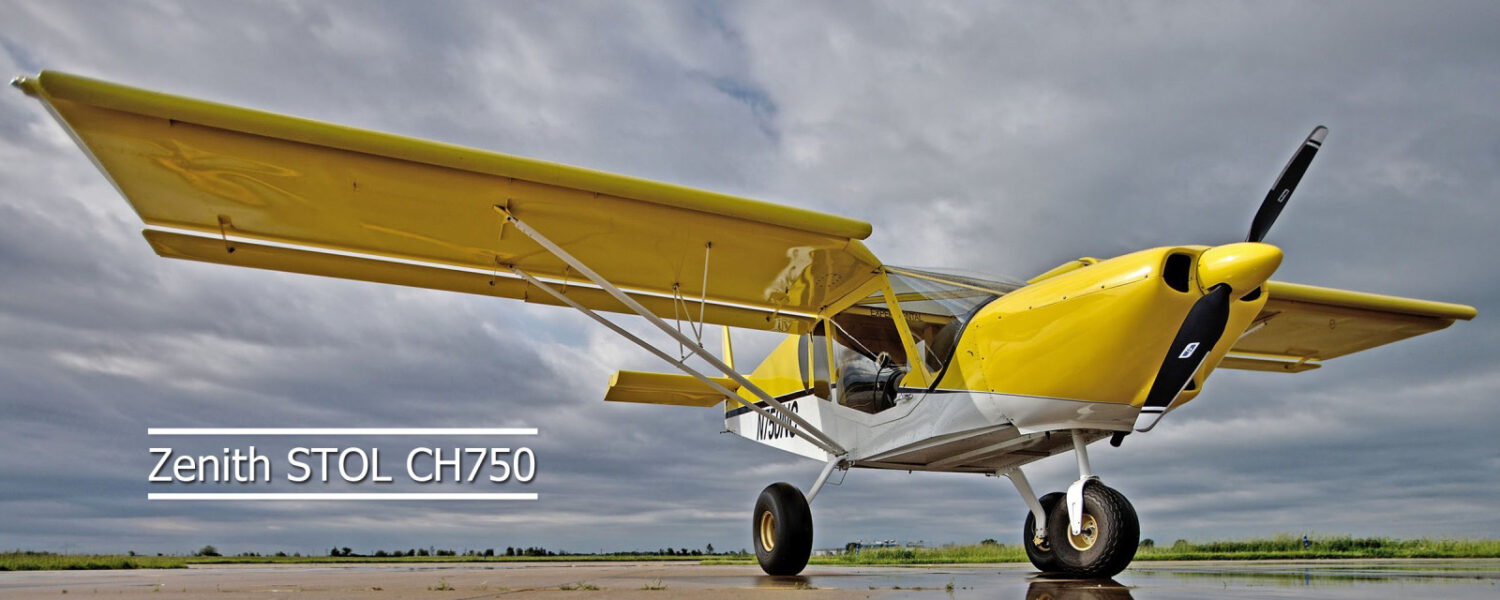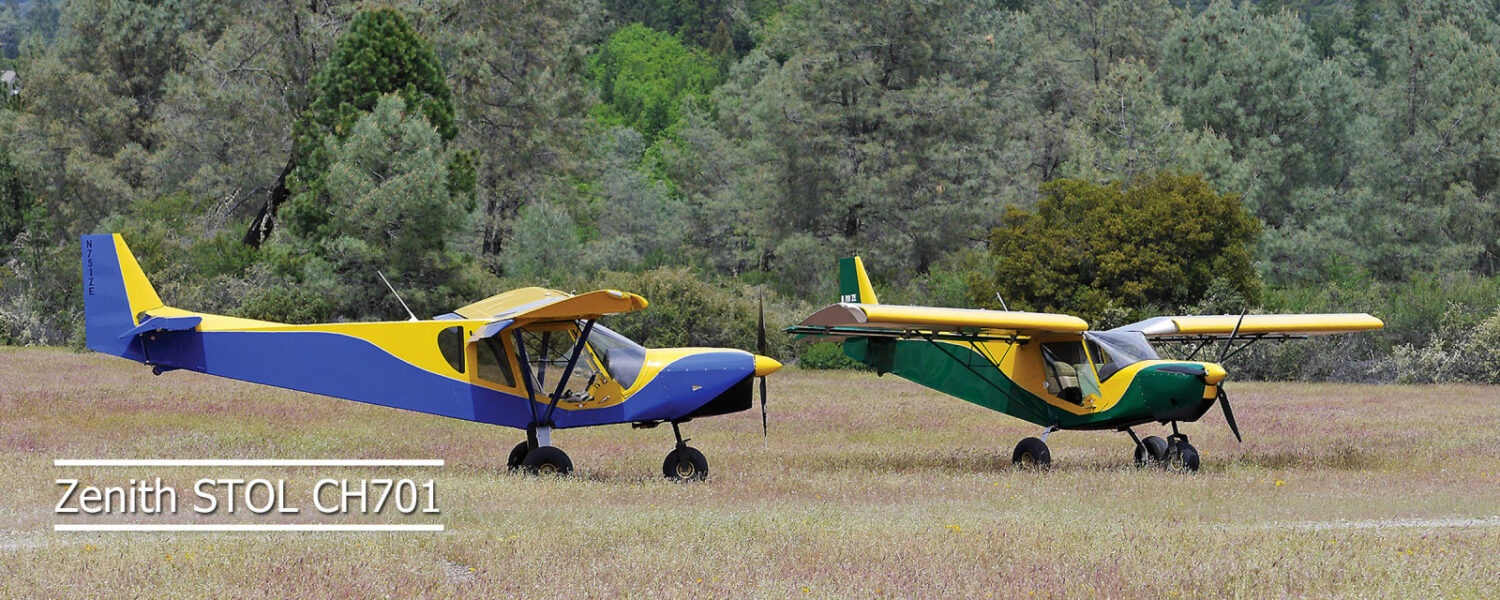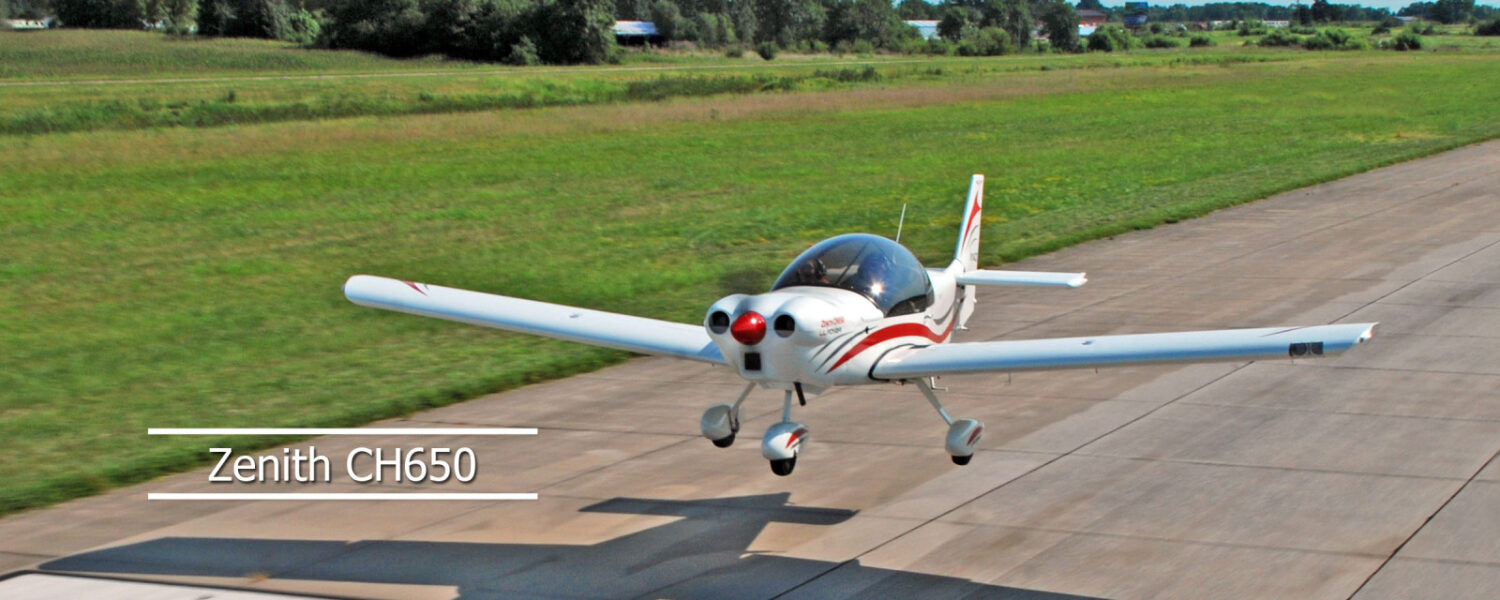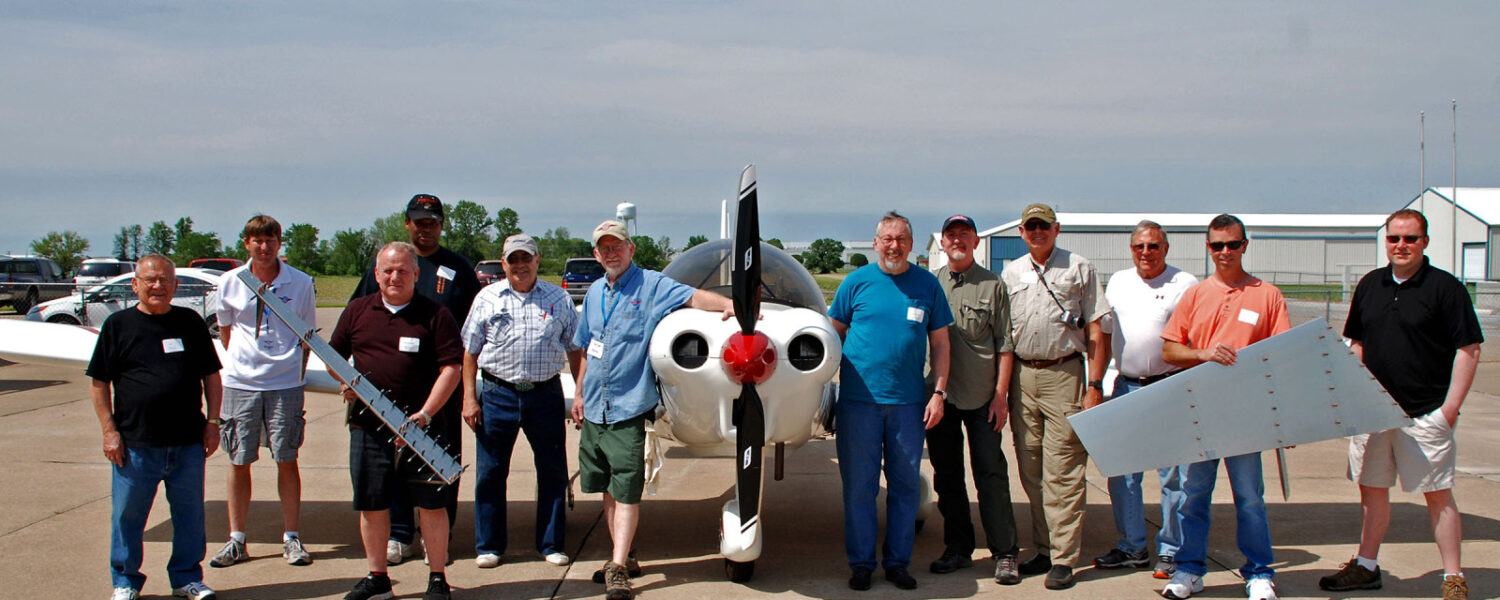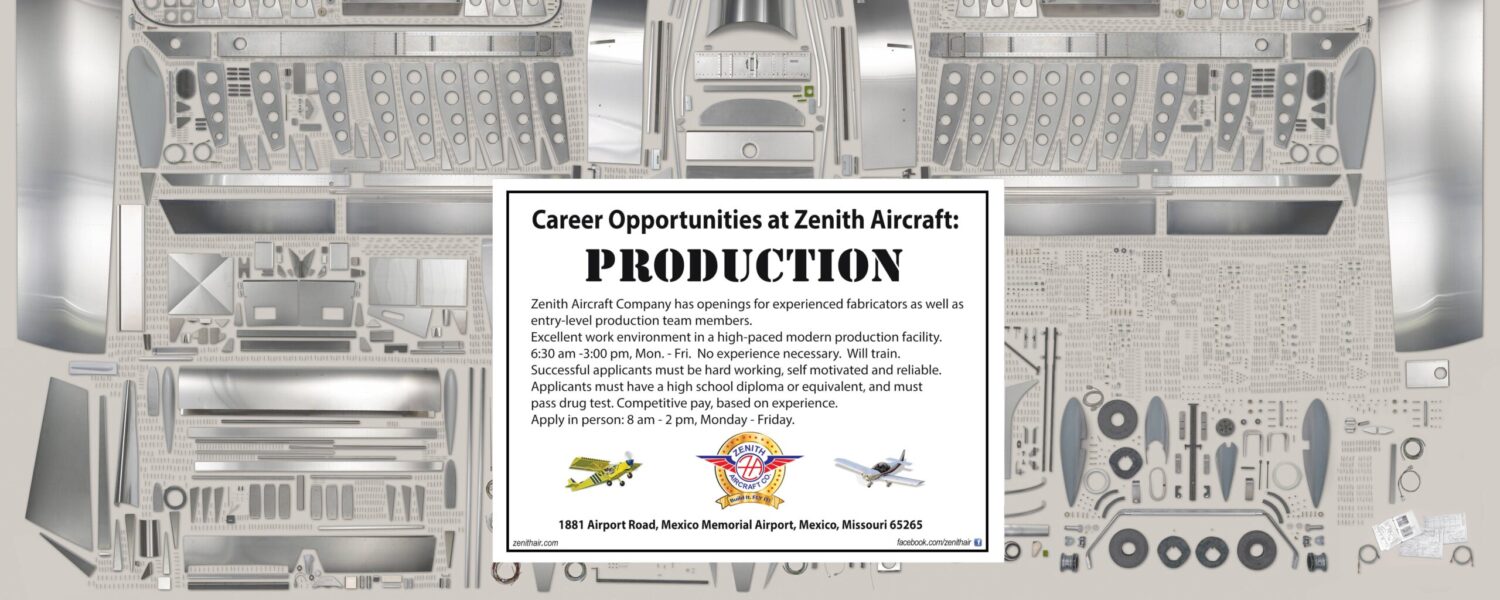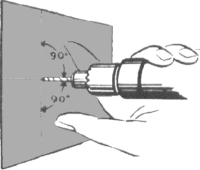Back to Zenith Technical Institute Home
Drilling: A Primer on Aircraft Sheet-Metal Drilling
Following is additional detailed information on aircraft sheet-metal drilling. Since drilling comprises one of the major skills and processes involved in assembling your Zenith Aircraft kit, we’ve prepared the following for your education.
In assembling a Zenith Aircraft kit, only simple drilling is required. Therefore, we do not present countersink drilling or dimpling here. If you do countersink or dimple it is very important that you first obtain the proper training, skills and tools before attempting this process at home. Improperly countersunk or dimpled holes will not provide the necessary structural strength.
Drilling Operations
While air (pneumatic) drill motors have been used extensively in the aviation industry, most builders have found modern low-cost electric drills to be very effective, being lightweight and compact and providing the desired high rpm output.
Chucking the Drill
WARNING: Before installing or removing drill bits or other devices in a motor, make sure the air line or electric supply to the motor is disconnected. Always use safety glasses or face shield when drilling, and use a hair net if your hair can get close to the drill.
1 – Install proper drill (make sure it’s the right size!) in the motor and tighten with proper size chuck key. Be sure that the shank and chuck jaws are clean, and center the drill in the chuck. Do not allow flutes to enter chuck.2 – Make sure to remove chuck key once tightened. Plug in or connect air hose to motor inlet fitting.
3 – Start drill motor and check drill for wobble. Drill must run true, or an oversize hole will be made. Replace bent drills.
Drilling Holes
1 – Hold drill motor firmly. Hold drill at 90-degree angle to the surface(s).
2 – Start hole by placing point of drill on marked centerlines. With the fingers, turn the chuck until an indentation is made. (Omit this step when drilling through an existing pilot hole). We do not recommend prior center-punching, as this may indent the material.
3 – Position thumb and forefinger to prevent the drill from going too far through the work, which can cause damage to items on the other side or result in an oversize hole. Adding a rubber washer (a small piece of rubber hose) by the shank will prevent damaging the material as you drill a hole through.
4 – Drill the hole by starting the drill motor and exerting pressure on centerline of drill. Exert just enough pressure to start the drill cutting a fairly large size chip and maintain this pressure until the drill starts to come through the work.
5 – Decrease the pressure and cushion the breakthrough with the fingers when the drill comes through. Do not let the drill go any farther through the hole than is necessary to make a good clean hole. Do not let the drill spin in the hole any longer than necessary.
6 – Withdraw drill from hole in a straight line perpendicular to the work. Keep motor running while withdrawing drill.
To ensure proper centering and a correct final size hole, avoid redrilling the same hole more than once. If redrilling more than once, a pilot drilled hole with a drill bit that is smaller than the one used to finish the hole is recommended.
NOTE: When drilling thin sheet metal parts, support the part from the rear with a wooden block or other suitable material to prevent bending. Do not use your hand as this may create an injury.
Hint: When drilling through dissimilar materials, drill through the harder material first to prevent making an egg-shaped hole in the softer material.
Deburring
Drilling operations cause burrs to form on each side of the sheet and between sheets. Removal of these burrs, called deburring must be performed if the burrs tend to cause a separation between the parts being riveted, or under either head of a rivet. The burrs often do not have to be removed if the material is to be used immediately; however, sharp burrs must be removed, if the material is to be stored or stacked, to prevent scratching of adjacent parts or injury to self.
To minimize the burr created, use sharp drill bits and do not push too hard through the material when drilling.
Deburring is easily achieved by running a flat file along the material (be careful not to scratch the material) or by lightly turning a large drill bit over the hole to remove the burr. Care must be taken to limit the amount of metal removed when burrs are removed. Removal of any appreciable amount of material from the edge of the rivet hole will result in a riveted joint of lowered strength.
It is advisable to drill a pilot hole when drilling a hole with a final diameter greater than 3/16 inch. The use of a pilot hole prevents the drill from creeping.
A medium pressure (referred to as feed) should be used. If a drill must be forced through the material, the drill is probably in need of sharpening. A sharp drill produces a clean, uniform hole. A dull drill produces a sloppy hole and will burn the cutting edges of the drill and remove the drill temper.
Drill speeds are generally a function of the material being drilled. Soft materials such as aluminum should be drilled at high speeds whereas hard materials such as steel require low drill speeds.
Drilling Sheet Metal
Special problems may be encountered in drilling sheet metal and other thin sections, which may be due to several factors:
- Hand supported power tools are not held rigidly enough in line of feed, and feeding pressure is not constant.
- There is no rigid support when the drill breaks through, so that a distinct shock is produced at this time.
- The metal will deform because of feeding pressure before the drill actually begins to cut. When the drill begins to cut the entire torque load is thrown on the drill at once.
- The deformation may cause the metal to work harden before the cutting begins. It would be very difficult to remedy these conditions because of the nature and the condition in which sheet metal drilling must be done. For best results use:
– Shortest drill possible and shortest flute length.
– Proper point angle.
For enlarging holes in thin sheet metal use hole saws for holes over 3/8″ diameter. DO NOT USE counterbores or spotfacers.
Drill Bits
Primarily, you’ll need #30 (1/8″) and #20 (5/32″) machinists drill bits. These drill bits are readily available and low cost. Keep an ample supply on hand and keep them sharp.
